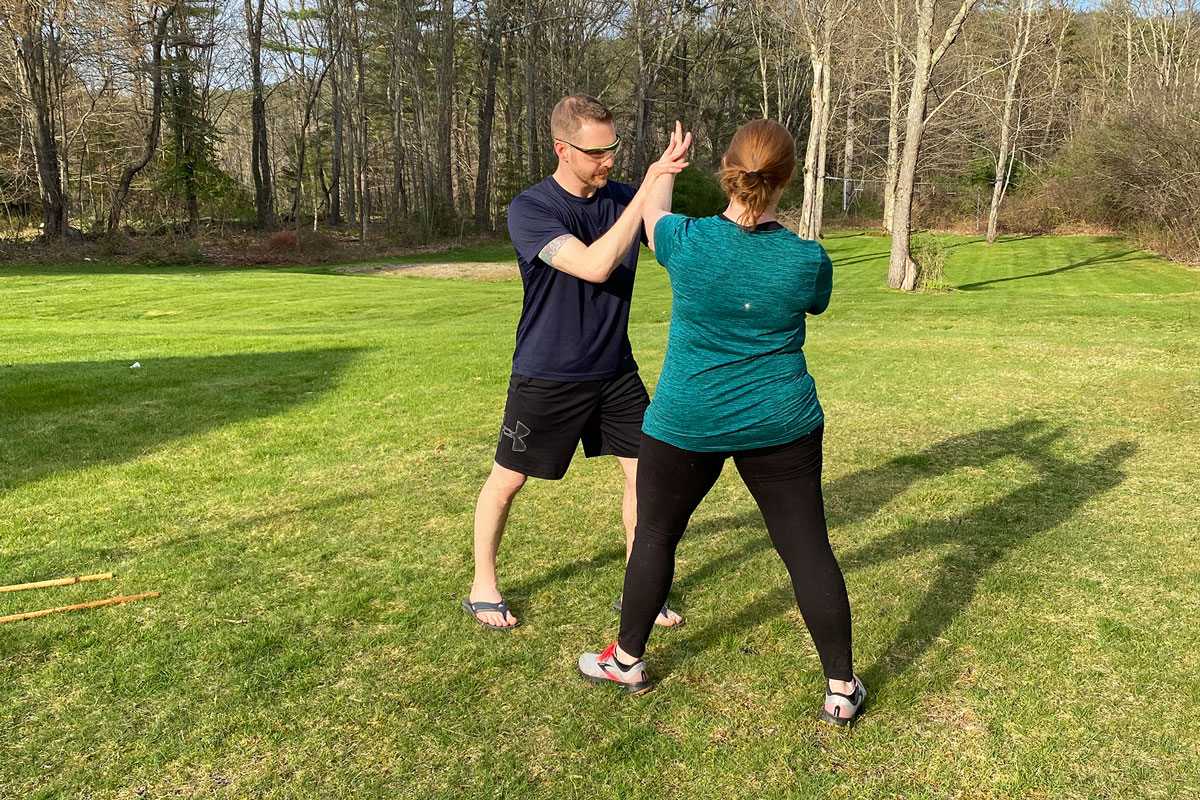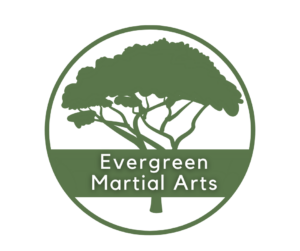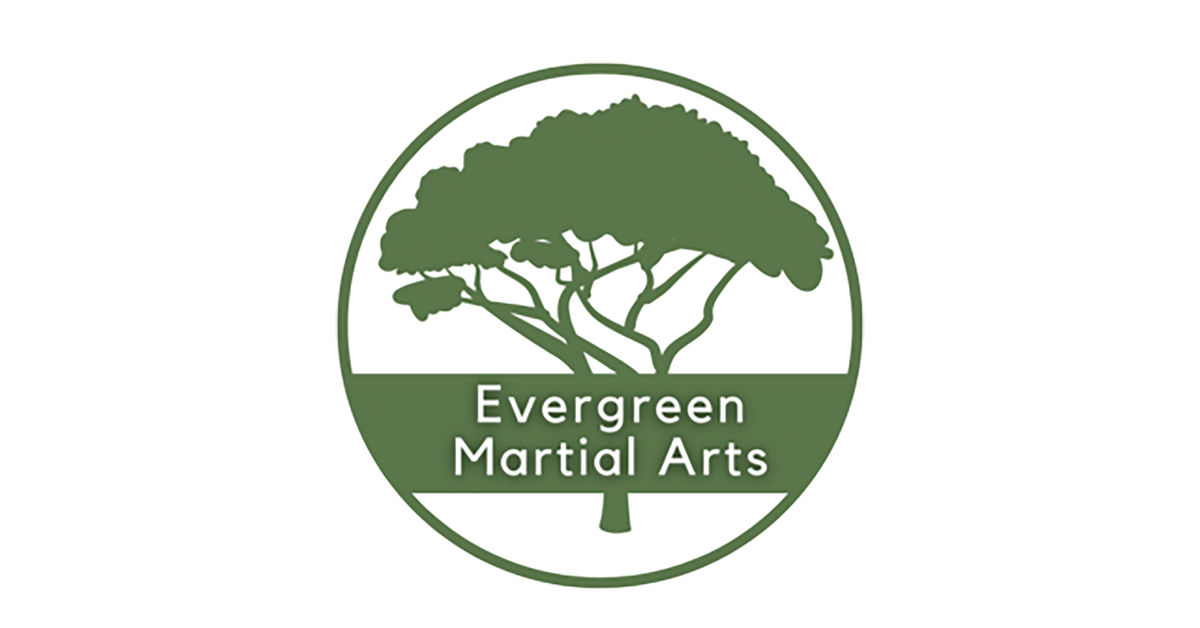
Dragonfly chikungSM is a process of unwinding injury to build resilience and capacity. Throughout our lives, we develop patterns of suboptimal movement and scar tissue that limits our range of motion. This process occurs both physically in the skeleton, and subconsciously in the mind. At the border between the body and the mind is the autonomic nervous system, which controls automatic functions like heart rate, digestion, vision, and others. Most importantly for our purposes, the autonomic nervous system is deeply integrated with breathing, which is one of the few autonomic processes we can take voluntary control of. But, breathing is often significantly restrained by the scar tissue and poor movement patterns we have developed.
The first step in the Dragonfly chikungSM process is releasing the scar tissue restraining our breathing. This is an ongoing process throughout our lives as we will move perpetually, sometimes better, sometimes worse. The three most important areas of the body to free up are the ankles, hips, and ribcage. If you can move freely in these three areas, developing good breathing habits is much easier. As this freedom of movement develops, it is easier to maintain daily.
The second step in this process is using the newly created range of motion to establish healthy posture. You may wonder what can make posture healthy. Essentially, healthy posture uses minimal energy to hold you upright. It also effortlessly creates a position for easy breathing. Various positions and exercises similar to yoga used to practice minimal energy posture. A truly natural movement or posture should rapidly become the easiest way to do things.
The third component of the process is breathing exercises. These are integrated at various points in the process because breathing isn’t actually separate from range of motion and posture, it is inherent to both. However, the breathing exercises also begin to introduce exploration of the mind-body connection within dragonfly chikungSM. As the autonomic nervous system controls our activity level, taking conscious control of breathing allows us access to the body’s response to circumstances.
Things happen in life that we are not happy with, and the body responds. Sometimes, this may hijack our behavior in the situation. Breath control can moderate this reaction, particularly if it’s been practiced before, when we’re calm. Again, this is not separate from posture. It is easy to picture how someone may carry themselves if angry or afraid. Psychology has long established that posture affects mood.
Once range of motion, posture, and breath have been developed to a certain degree, movement is introduced. A minimum energy posture happens also to be very strong. Use of this alignment can be acquired very quickly once the foundation is laid. Alignment is extremely strong, and fatigues very slowly. If this seems simplistic, think about this: how much of life would be easier if we were just physically stronger? Additionally, we believe this relates very much to bone density. Exercises exist which have been shown to increase bone density. Loss of density, known as osteoporosis, is recognized as a significant risk in aging. Among other things, dragonfly chikungSM is pursuing research in increasing bone density.
Surprising connections exist which can allow a part of the body to be moved by another part distant to it. Developing this takes a great deal of time. Awareness of the anatomy in question can develop a mindful ability to control it. The capacity to do so varies widely among people, but we believe most folks can substantially improve their current use of that capacity. The frontier of this returns to the integration of body and breath. Dragonfly chikungSM can be summed up this way: “The breath moves the body, and the body moves the breath.” This integration can develop unusual power, but more importantly, can significantly improve one’s health.

